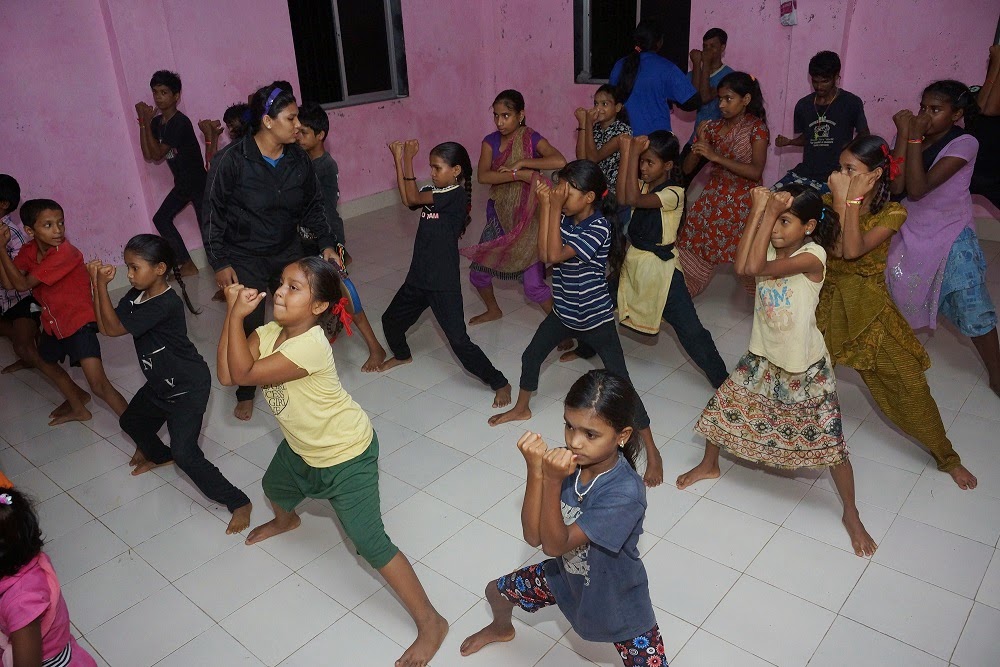A close friend recently remarked how she has finally made up
her mind about dropping out her 13 year old child from a respectable
international school and homeschool him. She consulted a large, prominent
homeschooling parents group and has now decided to take the plunge. Schools, she said “were killing my child’s
creativity and just providing literacy skills”. She had switched three schools
successively and was very unhappy with the quality of education being imparted
in schools and its core values. Incidentally, she was already the third parent
I knew who would be doing so, joining the ranks of a growing tribe of parents home-schooling
their children. Needless to say, being
an educator placing utmost importance on developing of every individual
holistically and as true to self, I was perturbed. Is formal education failing our children?
These were some of the most respectable schools in Mumbai
forming the league of new-age international schools, reputed private schools
and not public schools or government schools which continues to witness a large
exodus of students leaving studies in spite of the RTE Act. (According to
reports, in primary school education, the drop-out rate has increased to 0.97%
from 0.58% in 2011-12 due to well-established factors like ignorance among
parents, responsibilities at home, inaccessibility of schools, disengaging
curriculum, migration etc.) Failure of public education system is well documented
due to government schools plagued with teacher absenteeism, low teacher morale,
crumbling infrastructure and an archaic curriculum which fails to engage
students from communities already battling many issues.
However, what about private schools? With the dawn of the new
age international schools, low student teacher ratio, holistic development and
assessment, great infrastructure, learner-centric modules were introduced. Issues
plaguing the traditional education system of rote learning and evaluating students
unidimensionally on archaic irrelevant knowledge seemed to have gotten a shot
in the arm. However, with thousands of such schools springing up everywhere, lack
of effective regulation, dearth of quality teachers, even the better known
schools are struggling with learning outcomes. The need for a dynamic system is
imperative since education is always in a state of continuity. It is indeed
ironical therefore that an institution which has the unparalleled challenge of
predicting future needs of a society and moulding the aspirations and skills that
will drive it must mould children within set, rigid frameworks.
It isn’t any wonder then that an increasing number of parents
and students are getting disenchanted and questioning the method of getting
educated. While homeschooling was born due to this gap and has met with much
success (though its connotations vary), not many can afford to dedicate the
resources in terms of time and money. Do we then have a solution? Renowned
academicians and successful personalities have openly questioned the efficacy
of mass schooling – an invention of the Industrial Era to train people to work
in industries, mould their mindsets and skills from the manual labour they were
used to in the Agricultural era. With changing times and the current
Information Age, is the current education system run its course? What is
education and how must its outcomes be measured? In this knowledge economy it is undoubtedly
the skills of the people that will propel growth of societies and nations.
That we are still grappling with achieving 100% basic
literacy in the country is of course a matter of shame. However, what is
equally perturbing is that even our graduates and postgraduates from
well-reputed colleges are finding it difficult to get employed. A recent study highlighted that while India
has among the highest number of engineers graduating, a meagre 10% was found to
be employable. Which means the education of 90% engineers isn’t worth a dime! And
this is the scenario of typically every professional and graduate degree course.
Clearly, we need to evolve fast! Merely paying lip service to education –as
defined eons ago -- isn’t going to take us further.
We need to rehaul the entire education system which would
truly empower every child irrespective of socio-economic background to reach
his/her potential. Schools must be lively, dynamic, interactive bodies perpetuating
creativity and not stifling it. We need to encourage children to learn at their
own pace, do away with age criteria to write board exams, focus on imparting
skills-based education and change assessment patterns which only tests
linguistic and literacy prowess of children. We need to interweave the
systematic study of the arts especially fine arts and performing arts.
A child is constantly
learning – from his environment, school, parents, friends, nature… Why then
seek education within the four walls of a classroom alone? Learning should be
fun. According to the US Census Bureau by 2025 India is set to surpass China as
the largest country with largest proportion in the working age category. This
demographic dividend is expected to add 2 percentage points per annum to
India’s per capita GDP growth. Can we imagine the contribution of an empowered
youth comprising thinkers, innovators, entrepreneurs, artists, activists, writers,
skilled force in the coming years? This requires a drastic change in the mind-sets
of all stakeholders. We need to work as partners – the parents, the school and
the state. It was a wise person who said
‘It takes a village to raise a child.’


.JPG)
